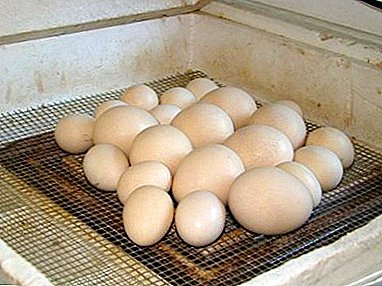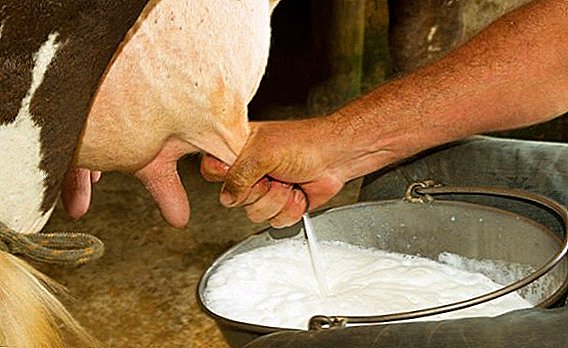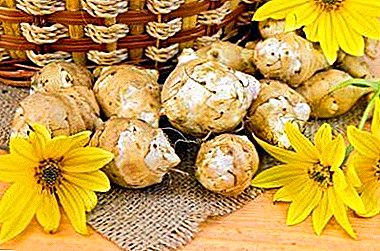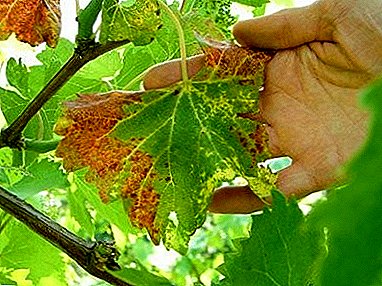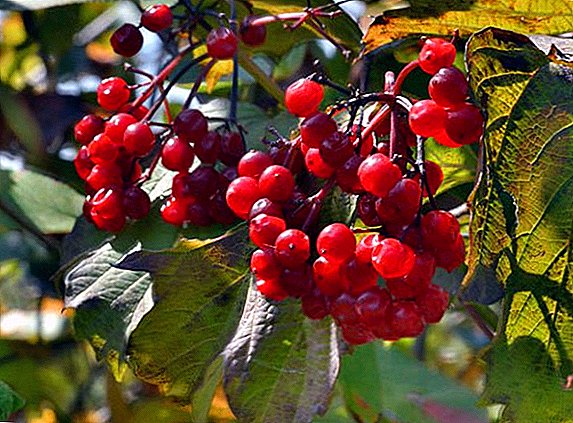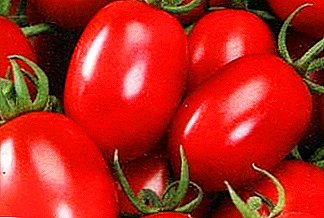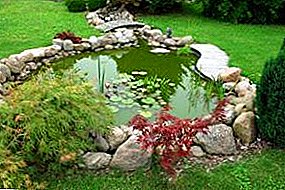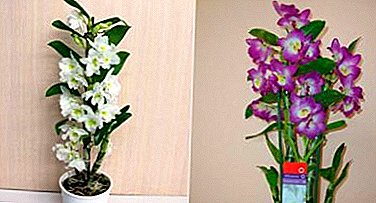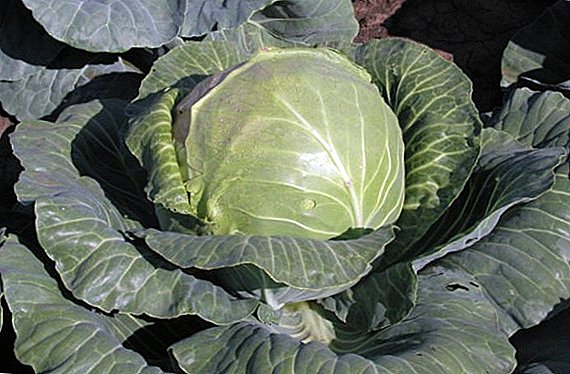 White cabbage "Rinda F1" - quite popular today variety.
White cabbage "Rinda F1" - quite popular today variety.
Undemanding care, adaptability to different climatic conditions, immunity to diseases and pests, abundant yields of the tastiest product make vegetable cultivation attractive not only in household plots, but also for commercial purposes.
Appearance
The heads of this variety are of spherical shape, dense structure, pale green. The leaves are thin but durable. The compact uniform size of a ripe head of cabbage varies from four to six kilograms (it happens eight). The stalk is short. Cabbage leaves are characterized by a delicate juicy taste. The main distinctive feature of the variety is the absence of cracks on the vegetable during ripening, prolonged stay in the soil and transportation. 
Specifications
"Rinda F1" - a beautiful mid-season hybrid of Dutch breeders. The ripening of the vegetable comes on 95-105 day after planting the seedlings. Cabbage heads grow as a selection, almost equal in size and weight, on the cut they are white. The variety is intended for fresh consumption, processing and storage (four months).
Check out the list of the best varieties of white cabbage, as well as read about the varieties "Megaton f1", "Gift", "Aggressor", "Glory".
How to grow seedlings on their own
When growing seedlings on their own, planting dates, preparation procedures, and seed sowing conditions are required.
The timing of planting seeds
The seedlings of mid-season cabbage are placed at a depth of 1-1.5 cm in April. It is considered that it is necessary to plant seed for 60-65 days before the intended planting of seedlings in the ground. 
Soil mix
Proper soil ensures the appearance of strong sprouts. The soil is prepared as follows: take one piece of humus and sod land, mix well with the addition of ash (one spoon per kilogram of soil), which is a supplier of minerals and an excellent antiseptic, the resulting substrate is ready.
Did you know? The word "cabbage" is derived from the ancient Roman "caputum" ("head"), which emphasizes the original form of the vegetable.
Growing tank
Seedlings are grown in greenhouses or at home. As a container, you can choose any option you are used to: a pallet or box, a pot or a cassette. There are also mini greenhouses for home conditions.
Learn more about seedling cassettes: types, advantages and disadvantages, choice, use.
Seed preparation
Seed preparation includes the following steps:
- Soak the seeds in a 3% salt solution for 5-8 minutes for calibration (the bad ones will float, and the good ones will settle to the bottom).
- Hold in hot water (about 50 degrees) for 20-30 minutes for disinfection. At the same time, the temperature must be observed, since at a temperature of less than 48 ° C the processing result is zero, and above 50 ° C, the germination of seed material is lost.
- Soak for 12 hours with water at room temperature to accelerate seed germination. Water change every 4 hours.
- Soak soaked seeds a day on the bottom shelf of the refrigerator (1-2 ° C) for hardening.
- Next - dry to remove stickiness and can be planted.
Sowing seeds
Sowing is best done immediately in separate pots, cups 5x5 cm in size. At the same time, the roots will gain a good amount and will not be injured during transplantation (a gentle way).  If planted in a tray, a wooden box, then after the emergence of shoots they are thinned out, leaving each seedling an area of 2x2 cm. After two weeks they make picking, that is, sprouts are transplanted to unoccupied plots according to the 3x3 cm scheme. After half a month, they again dive into separate containers to improve viability. Before each transplant, seedlings are watered generously.
If planted in a tray, a wooden box, then after the emergence of shoots they are thinned out, leaving each seedling an area of 2x2 cm. After two weeks they make picking, that is, sprouts are transplanted to unoccupied plots according to the 3x3 cm scheme. After half a month, they again dive into separate containers to improve viability. Before each transplant, seedlings are watered generously.
Find out why it is necessary for picking and whether it is possible to grow cabbage without it.
The containers are treated with a weak solution of copper sulfate.  Picks
Picks
Conditions and care for crops
Cabbage loves light, space and timely watering. It is not enough to choose the most illuminated place in the greenhouse - it is necessary to carry out additional illumination with a fluorescent lamp at least 12 hours a day, observe temperature indicators: + 18 ... +20 ° C around the clock before germination. Then - from +15 to +17 ° С in the daytime, and at night - 8 ... 10 ° С above zero. Such drops strengthen the seedlings and prevent stretching.
Watering is necessary moderate, not allowing both the overdrying of the soil and its waterlogging. When exceeding the moisture level will help loosening the soil.
Important! Be sure to water the plant before dressing, so as not to burn the immature roots of young seedlings.
Time first feeding comes a week after the picking (per liter of water, two grams of potash fertilizer and ammonium nitrate, four grams of superphosphate). A liter of the resulting composition is enough for 50-60 seedlings.
The second - comes two weeks later. Feed the same composition, doubling the amount per liter.
Third dressing carried out two days before the landing in the ground: a liter of water mixed with 3 grams of ammonium nitrate, 5 grams of superphosphate, 8 grams of potash fertilizers. The rate of potash rises for better rooting sprouts. It is more convenient to replace the composition of dressings with complex fertilizer in the finished liquid form.
Hardening seedlings
Hardening of seedlings contributes to the development of the root and facilitates the survival of the plant in a new place. Behind 10 days before landing in the ground proceed to the process of hardening. The first two days open access to fresh air for 3-4 hours. The next few days, young seedlings exposed to direct sunlight for two hours, a suitable place for this will be a veranda, loggia.  Make sure that the spring sun does not burn young leaves. On the sixth day, transfer the plants to the open balcony or the same veranda and reduce the frequency of watering, and before planting they water it abundantly.
Make sure that the spring sun does not burn young leaves. On the sixth day, transfer the plants to the open balcony or the same veranda and reduce the frequency of watering, and before planting they water it abundantly.
Important! The appearance of 6-8 leaflets in cabbage seedlings indicates the possibility and necessity of transplantation into open ground.
Transplanting seedlings in open ground
At 30-45 days after the emergence of shoots plan to plant at a permanent place. The density of cabbage heads should correspond to a norm of 3-4 plants per square meter. Landing plant cabbage seedlings prepared in the fall. They dig up the earth and subject it to liming (0.5 kg of limestone flour per square meter). Bring in organic at the rate of 1 bucket for each square. m
After planting the seedlings, the area is moistened and treated with a herbicide to prevent the growth of weeds.
Read also about the types of herbicides to protect plants from weeds.
The best precursors of medium cabbage varieties (including Rinda F1) are cucumbers, zucchini, squash, pumpkin, early potatoes, legumes, carrots and turnips. It is unacceptable to disembark after a beetroot and two times in a row at the same place. 
Care Tips
Get a good harvest will help timely watering, quality weeding, loosening and hilling of young seedlings. Please note that the Rinda F1 especially needs good lighting. The dense shadow of the trees will have a negative effect on the formation of the head.
Did you know? In the lands of East Prussia, so that cabbage heads would grow dense, trample down the land after disembarkation, and leave a large stone nearby.
Watering
Mid-season cabbage variety "Rinda F1" prefers abundant rainwater humidification. Watering is carried out regularly every 3-4 days at the rate of 8-10 liters of water per square meter. m. Gradually it is necessary to increase the volume to 12-14 liters per square meter. m, but water less often, every 7-9 days.
Check out the tips on choosing sprinklers for watering the garden.
Soil care
Loosening the soil to a depth of 8-10 cm is carried out after each irrigation. Hilling is done at least twice during the growth period. The first is done in 10-15 days after landing in the ground for additional protection and assistance to a weak seedling. The second is produced after 35-40 days for vigorous growth and the correct formation of the cabbage head. Spud should be on a quiet day without rain, at the same time removed sprouted weeds. 
Top dressing
The first feeding is intended for the growth of greenery and is carried out two weeks later planting in the ground. Preference is given to nitrogen fertilizers (as an example, 30 grams of urea is stirred with a bucket of water). Each plant requires 0.5 liters of fertilizer.
The time for the next feeding comes in 14 days. Choose the best phosphate-potash fertilizers (heading is going on). The composition may be as follows: half a liter of mullein mixed with a bucket of water, insist two days. Each plant to feed a liter of the resulting solution. The composition of the dressings may vary according to your discretion and the current schedules of the gardener. The procedure should be carried out on a cloudy day or late in the evening after watering.
Harvest time comes in August-September, you can expect approximately 8-10 kilograms per square meter.
Learn more about caring for cabbage after planting in open ground.
Advantages and disadvantages
Knowing the advantages and disadvantages of any crop, you can use the knowledge to obtain higher yields, prevent the difficulties of cultivation, prevent diseases, improve the presentation of horticultural products.  The advantages of the variety "Rinda F1" include:
The advantages of the variety "Rinda F1" include:
- high yield;
- lack of soil and climate;
- resistance to diseases and pests;
- the absence of cracks on the heads, excellent taste;
- high level of transportability.
It is interesting to read about the benefits of white cabbage.
To the disadvantages we define:
- low drought tolerance;
- increased demands for sunlight.
Video: Rinda cabbage variety review
Reviews gardeners about cabbage "Rinda"



The advantages of this variety of cabbage are much greater than the disadvantages, which makes it popular and in demand. Knowing the above features of growing seedlings, preparing the soil for sowing, feeding and watering plants, you can achieve high-quality harvest.


